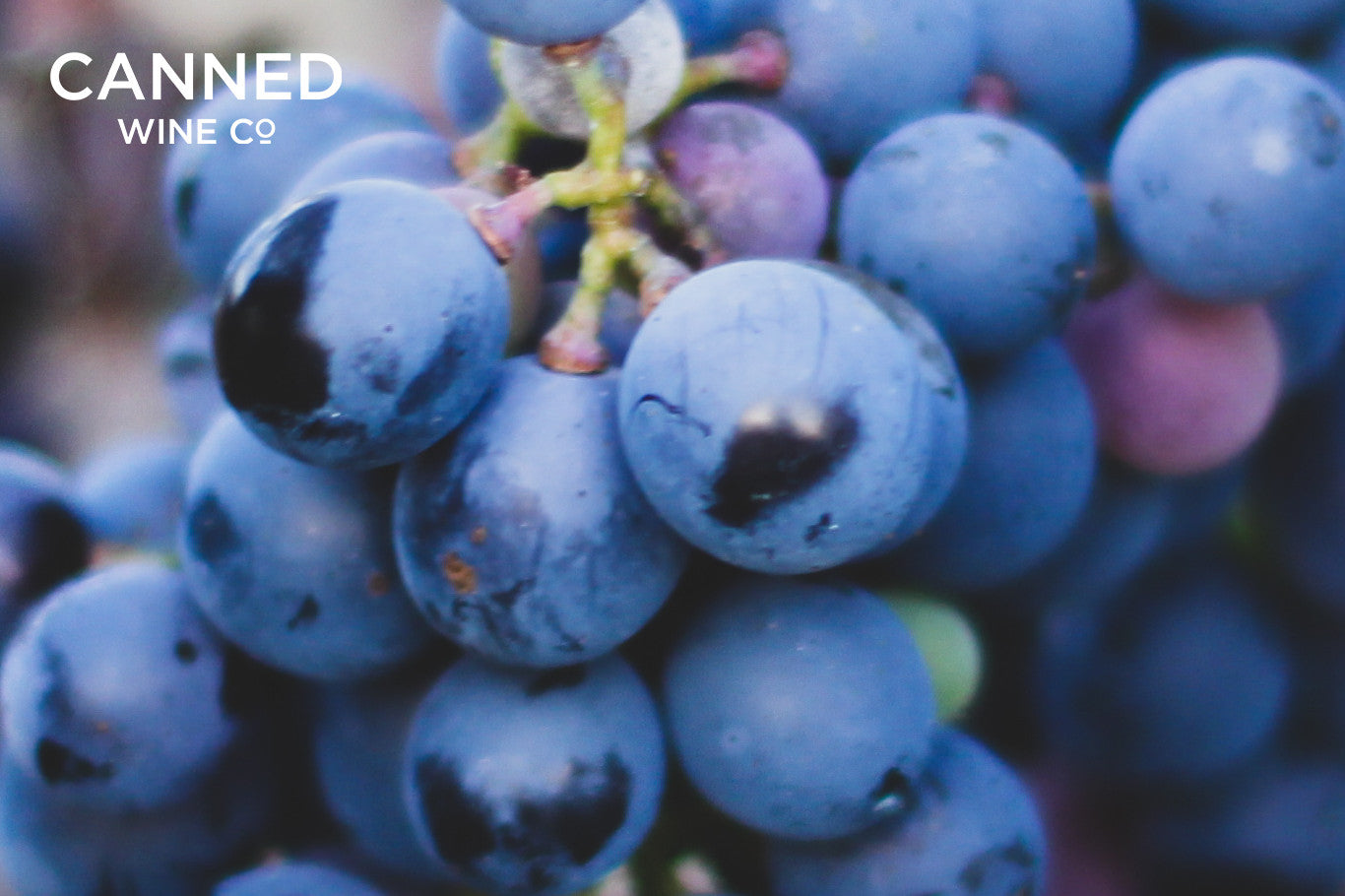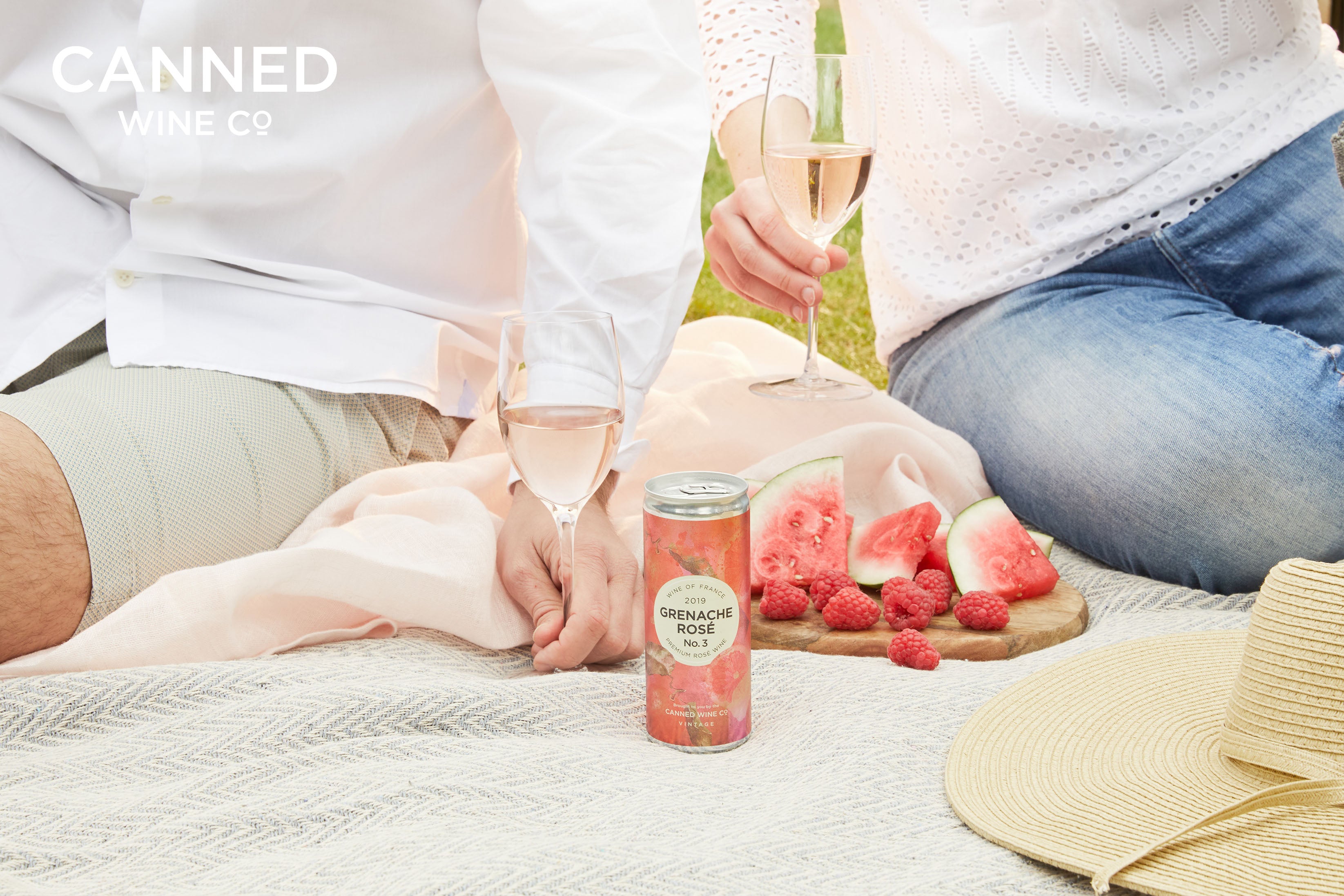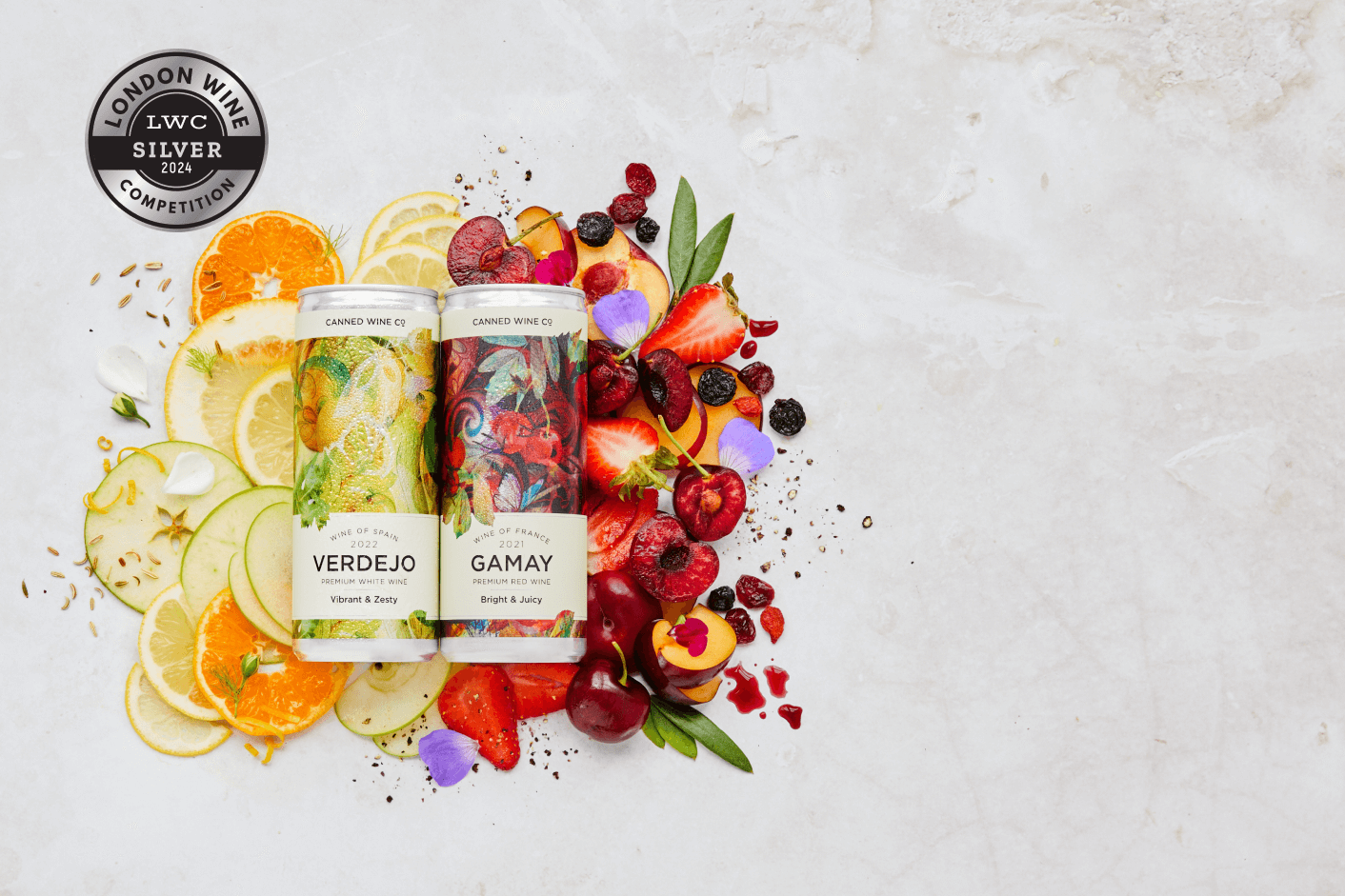Garnacha is probably best known by its French name, Grenache. However, this variety can trace its origins to Aragón in northeast Spain where it thrives on some of the oldest vineyard plots in Europe.
This late-ripening grape variety works best in hot, dry conditions so the more arid areas of Spain, or just in-land on the sunny coast of southern France are where it grows well. The variety has also found a stronghold in Sardinia, where it is better known by the name Cannonau. There are also producers blending it in the Rhone and widely across Australia, and some single varietal styles being made in North America, particularly California.
Characteristically, Garnacha is bursting with red fruits (strawberries, raspberries and cherries) with a soft, voluptuous mouthfeel. This softness is thanks to the grape's thin skins, reducing tannin and over-extraction. However, as Garnacha loves heat, the grape can reach very high alcohol levels. This means in big, ripe years a good winemaker will often soften the wine by maturing it in oak, bringing an abv of 14% or more into balance.
Don't forget the pink Garnacha
Garnacha isn't just about red wines though. It can also make fantastic rosé wines, most famously in Tavel in the Cotes du Rhone, but also across southern France and in Navarra, Spain. However, to temper the alcohol and jamminess of very ripe fruit, viticulturists will pick early, when the grapes are yet to reach their full phenolic ripeness, and ferment at lower temperatures. This brings out Garnacha's acidity, crisp red summer fruits and notes of orange citrus.
Some winemakers may choose to blend Garnacha with other varieties, most famously Syrah and Carignan. Mourvedre can also be a popular companion, especially in the New World where it works with Garnacha and Syrah (or Shiraz) to make the widely consumed 'GSM' blends, full of rich red fruits and spice.
Working with Garnacha in canned wines
We started working with Garnacha after stumbling upon Norrel Robertson MW's fantastic 2016 Old Vine Garnacha. Made in Aragon, the grape's likely birthplace, this wine was velvety and full of chocolate coated cherries. We had to can it. As 2016 was a big year, Robertson had softened the wine in 90% old oak and 10% new, adding flecks of wood spice and vanilla but mostly rounding out the wine. As we moved it from his winery and to the UK to be canned, the wine was micro-oxidised, adding softness to the tannins and bringing out some of the wine's floral character. By the time it was in can, the wine was a marvellous mix of bright fruit, smooth tannins, warming alcohol and a long finish. It was cracking.
We are pleased to say the wine was such a success with drinkers, turning sceptics of canned wine (especially red wine) into fans, that we are now working with Robertson again to get the superb 2019 in can. You can buy our latest Canned Wine Co. Old Vine Garnacha here.
On the rosé side, we fell for Thierry Boudinaud's elegant and zippy Pays d'Oc rosé. We had searched high and wide for a rosé that offered something different to the classic lemons and summer berries we've grown to love in Provence wines. It still had to be dry, but also every bit as good and interesting as the world's best white wines. Luckily, Thierry is doing everything right: obsessed with delicacy of fruit, freshness of acidity and lightness of colour, he picks his Grenache vines in the dead of night by machine harvesting, quickly brings them to the winery where they are protected from oxidising by CO2, and then gently crushes and ferments the fruit at cooler temperatures. The grapes are also picked two weeks earlier than normal for the rosé, to ensure good acidity and crispness to the finish.
It has paid off! The Canned Wine Co. Grenache Rosé is one that starts with a mix of pink grapefruit with butterscotch, citrus and cranberry aromas. On the palate, grapefruit turns to lemons and then finishes with an orange-like, sweet citrus charm. It's refreshing, complex and very well made.
The foundations of Garnacha
Research by Rosemary Radden in Australia recorded ampelographic evidence that Garnacha likely originated in Aragon, before plantings spread first to Catalonia and lands under the Crown of Aragon, and onto southern France, Sardinia and Italy. Over the ensuing years it became most entrenched on both sides of the Pyrenees, finding a home in the Roussillon region of south-west France as well as Aragon.
Today, alongside Aragon, plantings of Garnacha are most common in Navarra, Catalonia and Rioja in Spain, throughout the south of France, including the Rhone, and in Australia. It was introduced to the latter in the 18th century and was the country's most widely planted grape until Shiraz rose to the top in the mid 1960s. The variety also became popular in California in the 19th century thanks to its ability to provide generous yields and survive drought conditions.
You'll like Garnacha if you like...
Garnacha takes many forms and can be very versatile, depending on how you handle it. However, because it usually has red fruits balanced with a rich palate, you'll likely become a fan if you have a taste for similar wines like Tempranillo-dominant Rioja, tighter styles of Rhone reds with leaner acidity, or the reds of middle Italy, for example Montepulciano and Umbrian wines.
Lighter, unoaked Garnacha reds can be served lightly chilled thanks to their fresh acidity and summer fruits character. However, bigger and full-bodied Garnacha wines, which you can usually spot by just looking at how deep they are (given the grape itself is thin-skinned to extract colour you need to ripen it fully and do lots of pumping over), are best served at room temperature (circa 16C).
Pairing food with Garnacha
Garnacha rosé wines are perfect picnic partners - think pork pies, sausage rolls, goat's cheese and cured meats. They are also delicious and quaffable with Italian cuisine, especially pizza or lighter, simpler pasta dishes. Rosé can work really well with garlicky dishes, too.
For the Garnacha red wines can match heartier dishes like cassoulet, sausages and mash, or steak and ale pie. However, as they also have lovely acidity, you will find they work beautifully with fatty meats like pork belly or lamb cutlets as well. For vegetarians, think smoky! Garnacha is delicious with BBQ grilled vegetables on a skewer, smoky three bean chilli ladled over a baked sweet potato, or sticky glaze baked aubergines.






